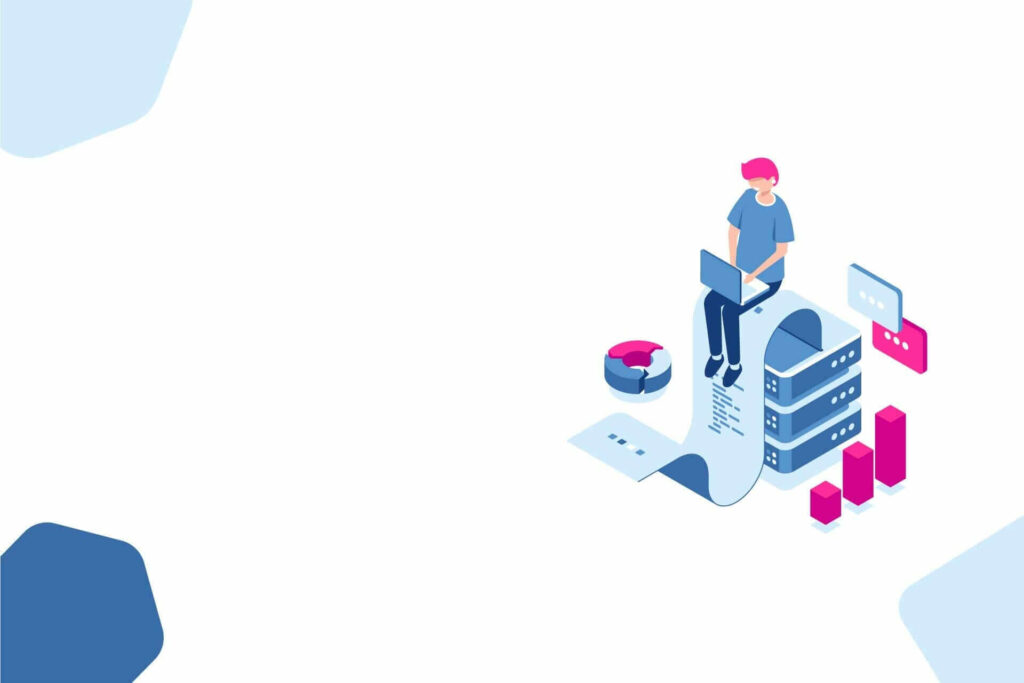Chances are good that you, or someone you know, has been in this situation:
- A major IT initiative is launched, such as implementation of a new ERP system. The project involves the purchase of new servers, upgraded network hardware, perhaps even a data center expansion.
- A couple of years later, after project timelines and budgets have been exceeded beyond all hope of recovery, the project is canceled. Maybe the company leadership gets tired of throwing good money after bad, or there was a merger or acquisition that rendered the new system unnecessary.
- The business is now stuck with outdated (and often fully depreciated) hardware, sitting idle, taking up space, and (unless someone turned it off) wasting electricity.
Until a few years ago, there weren’t many alternatives to this scenario. Major outlays for on-premise infrastructure were part and parcel of major IT initiatives, and given the high failure rate of those initiatives, sizeable writeoffs were common.
These days, however, enterprises have an alternative: Infrastructure as a service (IaaS).
What Is IaaS?
In simple terms, IaaS is servers, networking gear, and data storage hosted by a cloud service provider such as Microsoft Azure. You may be familiar with software as a service (SaaS), an arrangement in which a business uses a software application that is hosted in the cloud rather than on the company’s own hardware. If SaaS is like renting a fully furnished house, IaaS is like renting a vacant house that you can decorate and furnish any way you like. With IaaS, you rent cloud-based resources, which you can configure with your choice of operating systems, software applications, databases, security, and backups.
IaaS has become the preferred model for deploying enterprise computing infrastructure. Many medium- and large-sized businesses are migrating from on-premise infrastructure to IaaS, and the reasons for doing so are obvious when you consider the risks of standing pat with the on-premise model.
Risk #1: The Hardware Lifecycle
All computing hardware, including servers, storage drives, and network switchgear, has a finite useful life. With proper maintenance, the lifetime can be extended, but at some point all components start to wear out and must be replaced before they fail. Even hardware that hasn’t “aged out” has a nonzero risk of failure, and this risk is traditionally mitigated by deploying redundant hardware, in the same data center or at a separate backup or mirror site.
This arrangement translates to major expenditures for maintenance, upgrades, and replacement hardware, to say nothing of the labor involved in keeping the hardware running. By migrating systems and applications to cloud-based infrastructure, you can replace these high costs with a cost structure based only on the resources you actually use.
Risk #2: Security and Disaster Recovery
Cybersecurity and disaster recovery planning represent major IT expenses (unless your strategy is “hope nothing bad ever happens”). However, with IaaS and an appropriate service agreement with the cloud provider, both security and disaster recovery are greatly simplified.
For example, a crippling ransomware attack can take weeks of work and a staggering amount of money to recover from. In IaaS each server can have a daily (or more frequent) “snapshot” taken and stored elsewhere, and if a server is compromised by ransomware, it can be restored easily from the snapshot.
In a similar way, recovering an on-premise data center from a natural disaster would be a time-consuming and painful process of acquiring a new location, and deploying all new hardware—all before you could even start restoring your data and systems. The process could take months, during which the company’s operations would be severely constrained at best.
With IaaS and a high-availability configuration, even if your cloud service provider suffers a major outage in one of its data centers, your users won’t even notice.
Risk #3: Lost Opportunities
Most businesses have a core software application that manages multiple aspects of their operations. Keeping these systems on on-premise hardware means leaving opportunities on the table, such as:
- Greater security and availability
- Reduced costs for maintaining and replacing hardware
- Greater application performance thanks to scalable-on-demand computing resources
These advantages typically far outweigh the time and expense it takes to migrate core systems to the cloud.
Bottom Line
To return to the scenario described at the beginning of this article, IaaS can offer significant reduction of the risks associated with major IT initiatives. With the cloud option, you can deploy just enough infrastructure for development and testing, and then expand to higher-performance production infrastructure if the project is successful. If it isn’t, the cost of that failure (at least from a hardware perspective) is much lower.
Given the advantages of IaaS, now is the time to look into migrating your infrastructure to the cloud.



